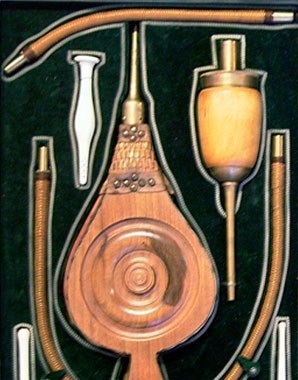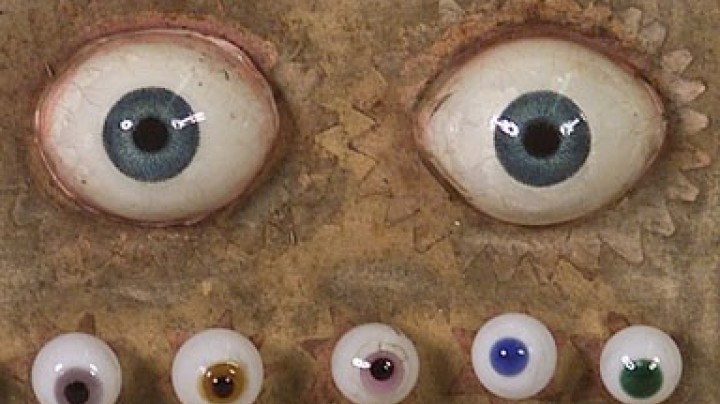Washing, drawing, lancing – the requisite skills for a barber-surgeon in early modern times
The tasks of a barber-surgeon were varied and numerous as he provided basic medical treatment for the majority of the population.
Frequently, herbalists and similar practitioners were the first port of call for the sick and ailing as academic physicians were little concerned with the medical needs of the common people before the nineteenth century. The professionalization of healing vocations goes back to the thirteenth century, when every larger town had its own barber-surgeon’s shop and bathhouse. A barber-surgeon’s tasks were manifold – cutting hair and shaving, tending wounds and administering medicine and herbal remedies, offering personal hygiene and cosmetics, and doing the job of a surgeon and dentist.
Thus, a barber-surgeon practised a trade and also trained up apprentices. The ‘shearer’ and barber were responsible for hair and beards, a toweller (Reiber) dried people off after their bath, and the water-drawer fetched fresh water from the well. The social standing of the barber-surgeon changed over the course of time and differed from one town to another. In some regions, the barber-surgeon’s job was seen as ‘dishonourable’ as he touched sick and ailing people, while in others such as Vienna barber-surgeons were held in high social esteem. Here, they even formed their own guild in the fifteenth century, and after taking an expensive exam they became master craftsmen who were allowed to practise their profession independently.
At the end of the sixteenth century, the number of bath houses drastically declined – not least due to the fact that exposing one’s naked body in a public bathhouse had become taboo. The barber-surgeon attached to such a bathhouse often lost his clientele to travelling barber-surgeons and other healers. In the fifteenth century the demand for such peripatetic medical practitioners had already grown to such an extent that they were conscripted into mercenary armies.
In the sixteenth century barber-surgeons started to specialize: people consulted a tooth-drawer (Zahnbrecher) when they had toothache, and for eye disorders they went to the Starstecher (cataract-lancer), who inserted a needle into the eyeball at the side of the iris. These operations were not only dangerous procedures but provided entertaining spectacles which drew crowds of paying spectators at town and country fairs.
In rural areas, surgery was regarded as a free trade until 1638, and no special qualifications were required of its practitioners. Thus healers, tooth-drawers and cataract-lancers possessed of greater or lesser skills roamed the countryside offering their services.














